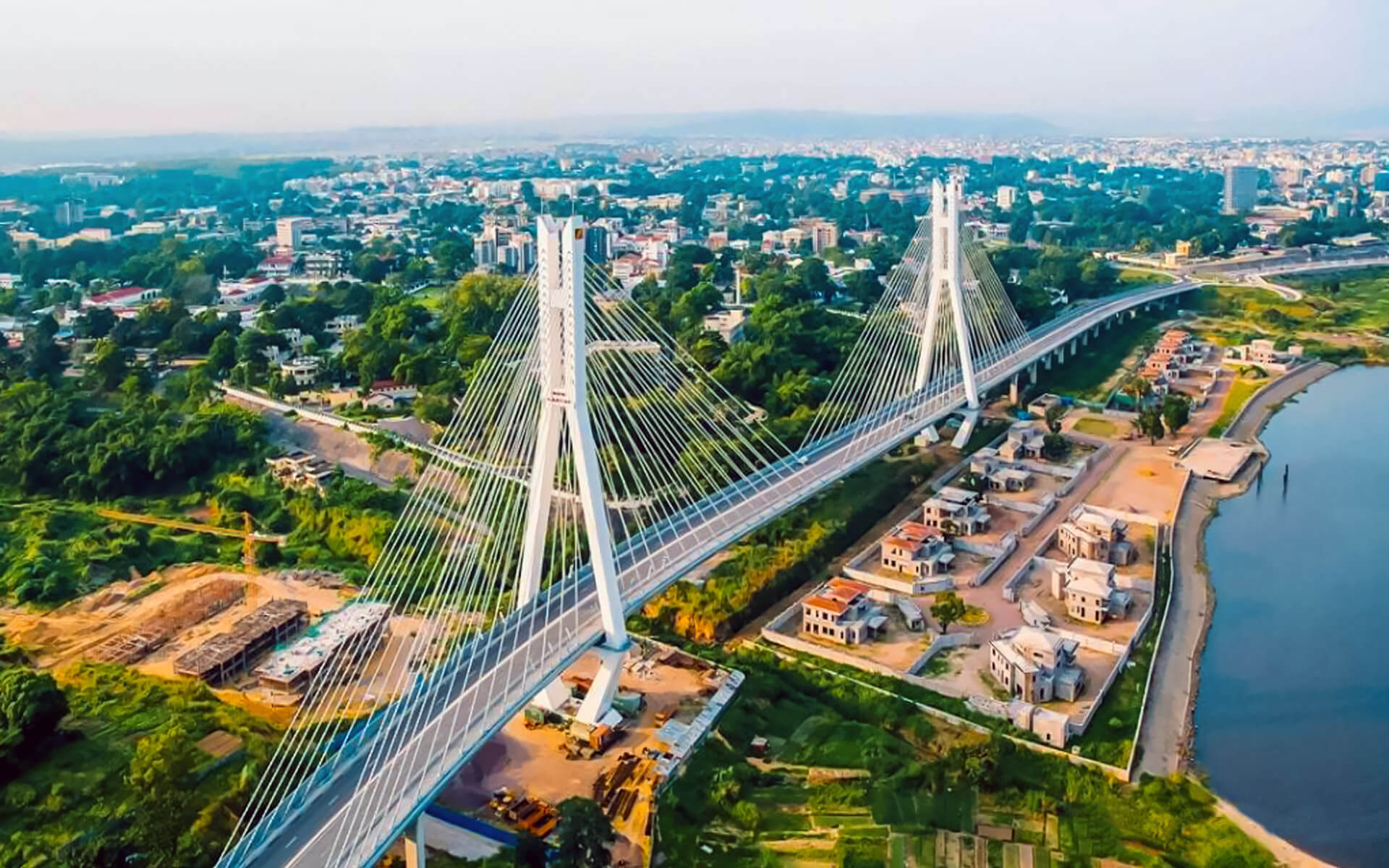[lwptoc]
Brazzaville, the Republic of the Congo’s capital and biggest city, is situated on the Congo River.
Kinshasa, the Democratic Republic of the Congo’s capital, is located across the Congo River from Brazzaville. Kinshasa-Brazzaville has a total population of around 12 million people, including Kinshasa (although significant political and infrastructure challenges prevent the two cities from functioning with any meaningful connection).
The capital of the Republic of Congo is home to more than a third of the country’s population and 40 percent of non-agricultural employment. It also serves as a financial and administrative hub.
The climate of Brazzaville, like that of Kinshasa, is tropical wet and dry. The rainy season, which lasts from October to May, is longer than the dry season, which lasts for the rest of the year. The driest months of Brazzaville, July and August, get no substantial precipitation on average.
Brazzaville’s dry season starts around the “winter” solstice, which falls in June, since it lies south of the equator. Temperatures in the city are fairly stable throughout the year.
Machine shops, textiles, tanning, and manufacturing are also prevalent in Brazzaville. The city receives raw commodities including as rubber, timber, and agricultural items as a vital port on the Congo River. They are usually sent to Pointe-Noire for export from here.
Many enterprises, government institutions, and non-governmental organizations maintain regional offices in Kinshasa, the Republic of Congo’s capital city. Brazzaville is home to the World Health Organization’s Africa Regional Office.


